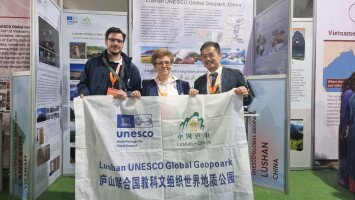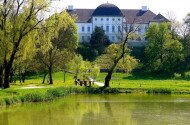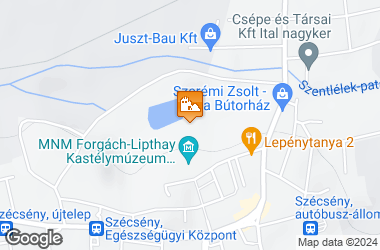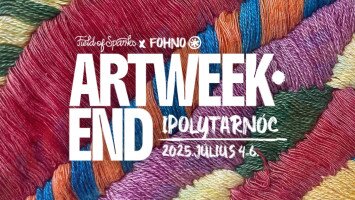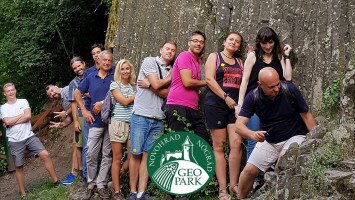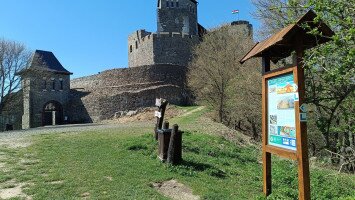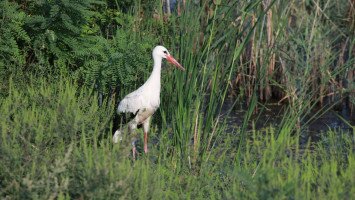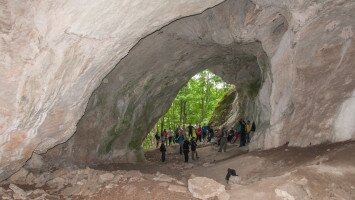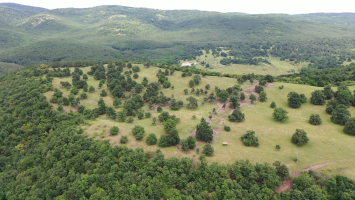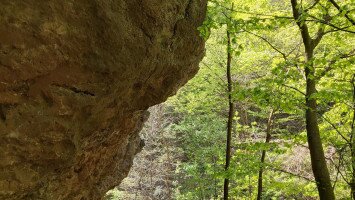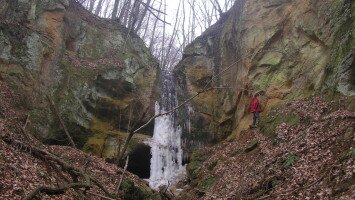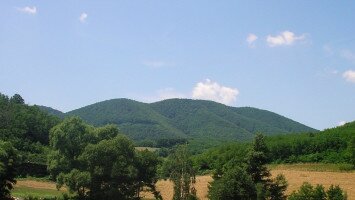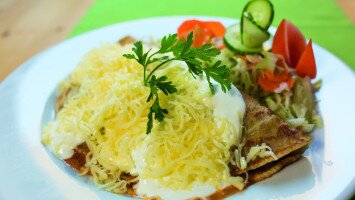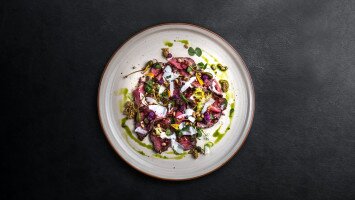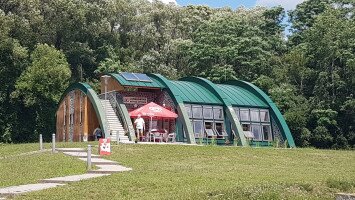Helyi jelentőségű védett természeti terület
Története
A középkori vár romjainak helyén, a vár falainak felhasználásával, az első kastély építését 1670 körül Forgách Ádám kezdte meg, melyet 1750-ben átépítettek. A gróf Forgách család tulajdonából a XIX. század közepétől Pulszky Ferenc birtokába került. Örököseitől 1903-ban Grosz Jenő vásárolta meg, majd 1943-ban báró Liptay Béla birtokába került.
Jelenleg a kastély a Kubinyi Ferenc Múzeumnak ad otthont, melynek több állandó kiállítását is meg lehet tekinteni. Az „évezredek üzenete” régészeti és a „Vadászat, vadgazdálkodás” természettudományi kiállítást a kastélyban láthatjuk. A „Körösi Csoma Emlékkiállítás” a kasznárházban és „A Szécsényi vár története” kiállítás a keleti bástyában tekinthető meg.
A XIX. század első évtizedeiben nagy gondossággal, szorgalommal, fáradsággal és költséggel alakította ki Forgách József gróf a kastélydomb alatti mocsaras, nádas, posványos területen a 15 hektárnyi angolkertet. Mocsáry Antal monográfiájában részletesen ír a kastélypark kialakításáról és növényeiről, amely nemcsak a grófi háznak és közönségének gyönyörködtetésére szolgált, hanem a sok szegény napszámos embernek - még a legkeményebb télen is - munkát és kereseti lehetőséget jelentett a park fenntartása és gondozása.
Növényzete
A telepített és nevelt növényfajok száma elérte a kétezret. Ezek egy részét télen és nyáron is melegházban nevelték, más részük csak télre került a „lángos házba” és voltak olyanok is, amelyeket mindig a szabad ég alatt tartottak. Az akkori gyűjtemény nagyságát az is jelzi, hogy pl. muskátliból 32 faj volt.
A melegházban többek között az - akkoriban ritkaságnak számító - alábbi növényeket nevelték: kakaómályva (Abroma angusta), sárkánypálma (Aletris fragrans), kesernyés gyömbér (Amomum zerumbet), óriás olasznád (Arundo donax), ananász (Bromelia ananas), kaktuszok (Cactus spp.), kassziák (Cassia spp.), kalapácscserjék (Cestrum spp.), végzetcserjék (Clerodendrum spp.), arab kávé (Coffea arabica), gyömbér (Costus speciosus), ernyősliliomok (Crinum spp.), fügék (Ficus spp.), hibiszkuszok (Hibiscus spp.), akáciák (Mimosa spp.), banánok (Musa spp.), Karib tengerparti-liliom (Pancratium caribaeum), golgotavirágok (Passiflora spp.), datolyapálma (Phoenix dactylifera), borsok (Piper spp.), nemes cukornád (Sacharum officinarum), vanilia (Vanilia aromatica).
Télre a „lángos házba” kerültek az alábbi növény ritkaságok: keleti szerelemvirág (Agapanthus umbellatus), aloék (Aloe spp.), japán babérsom (Aucuba japonica), japán kamélia (Camelia japonica), közönséges babér (Laurus nobilis), örökzöld liliomfa (Magnolia grandiflora), kristályvirágok (Mesembryanthemum spp.), fás bazsarózsa (Paeonia arborea), muskátlik (Pelargonium spp.), óriás rododendron (Rhododendron maximum), Pontusi rododendron (Rhododendron ponticum), japánakácok (Sophora spp.), teacserje (Thea regia), törzses pálmaliliom (Yucca gloriosa).
Egész évben a szabadban nevelték többek között az alábbi fajokat: zöld juhar (Acer negundo), pennsylvaniai juhar (Acer pensylvanicum), vöröslevelű juhar (Acer rubrum), cukor juhar (Acer sacharinum), mirigyes bálványfa (Ailanthus glandulosa), trombitafa (Bignonia catalpa), kőrisek (Fraxinus spp.), lepényfák (Gleditsia spp.), kanadai vasfa (Guilandina dioica), bugás csörgőfa (Koelreuteria paniculata), amerikai tulipánfa (Liriodendron tulipifera), balzsamfenyő (Pinus balsamea), vörösfenyők (Larix spp.), cédrusok (Cedrus spp.), selyemfenyő (Pinus strobus), balzsam nyár (Populus balsamifera), Ontario nyár (Populus candicans),rózsák (Rosa spp.).
A park kialakítása
Az angol stílusban épült tájképi park igen előnyösen tudta kihasználni a táji adottságokat. A kastélyépület alatt tavakat létesítettek, ezekbe halakat telepítettek, hattyúk és vadkacsák látogatták a vizet. A parkot sétautak hálózták be. Az egykori várbástya mint kerti pihenőház volt használatos, közelében műbarlang épült. Benne az odavezetett víz cseppkőszerűen kialakított sziklákon zúdult alá, majd egy kisebb erecske a tóba vezette a vizet. A műbarlang a somoskői bazaltzuhatag köveiből épült. A park távolabbi részein jellegzetes építményként megjelent az ún. viadukt, esőbeálló, kilátódomb.
A történelem viharai nem kerülték el a parkot, a II. világháború alatt sok fa elpusztult, a terület elgazosodott. Mára már csak néhány idős fa – vadgesztenye (Aesculus hippocastanum), magas kőris (Fraxinus excelsior), fehér fűz (Salix alba), mezei juhar (Acer campestre), rezgő nyár (Populus tremula)- emlékeztet a korábbi angolpark szépségére.
Nyitva tartás
H: Zárva
K - V: 10:00 - 18:00
